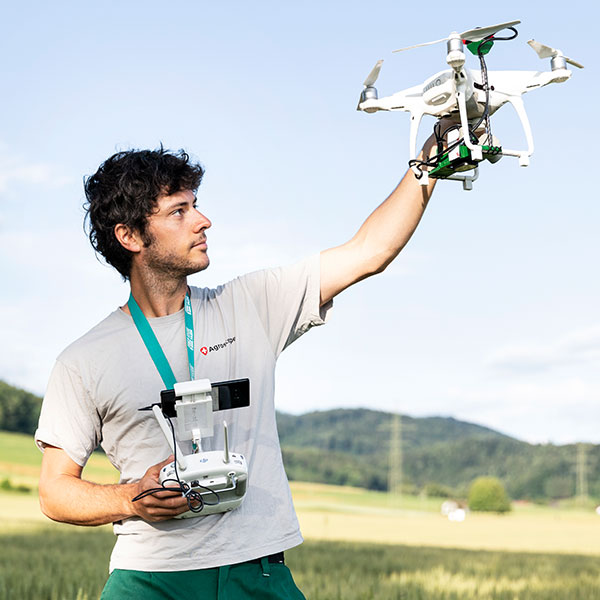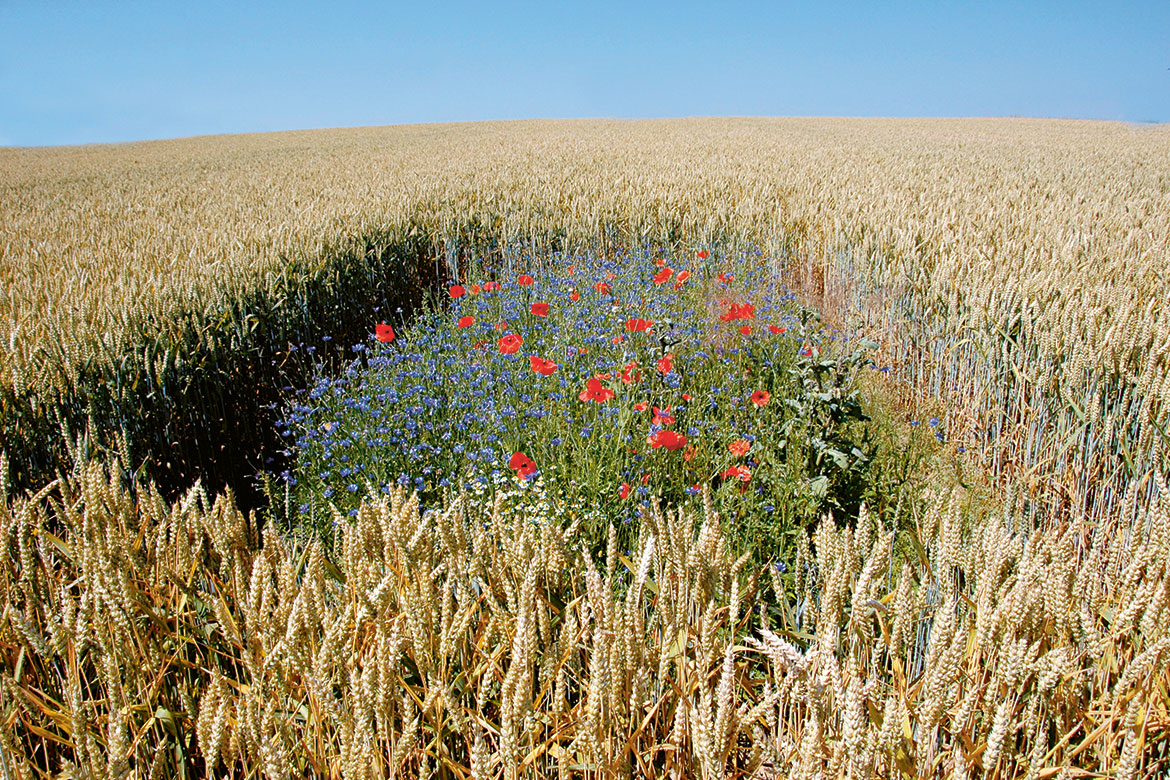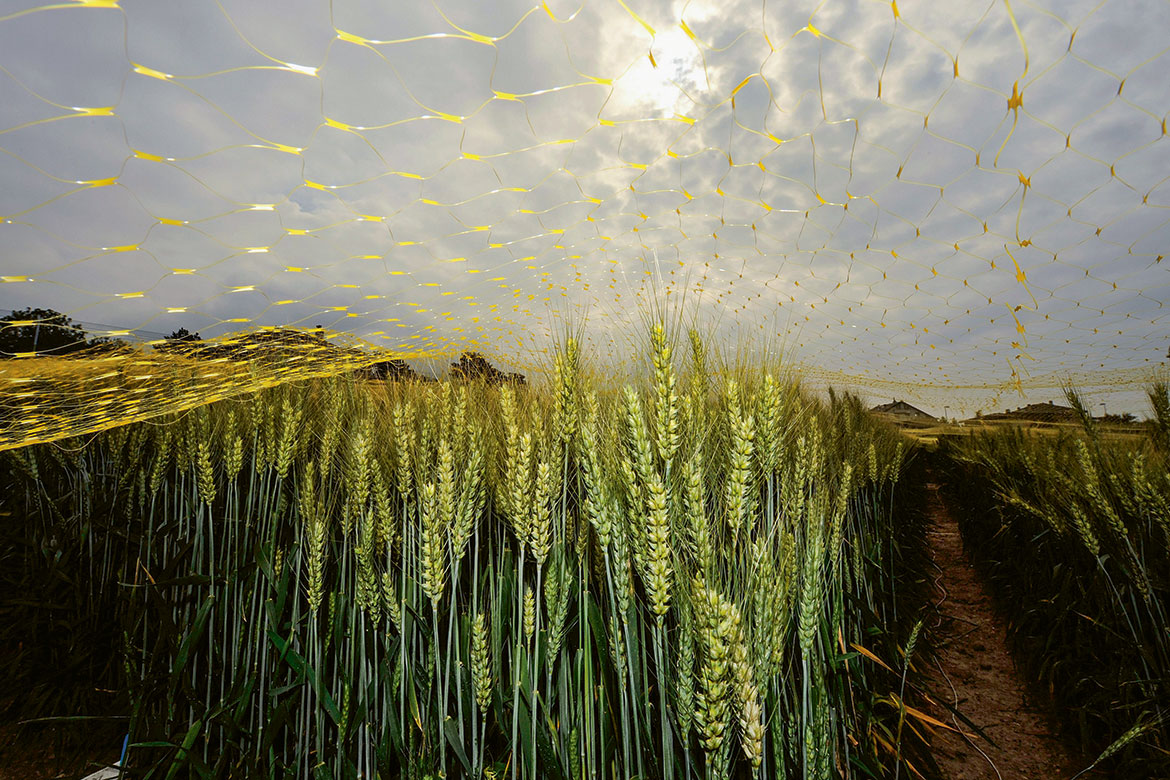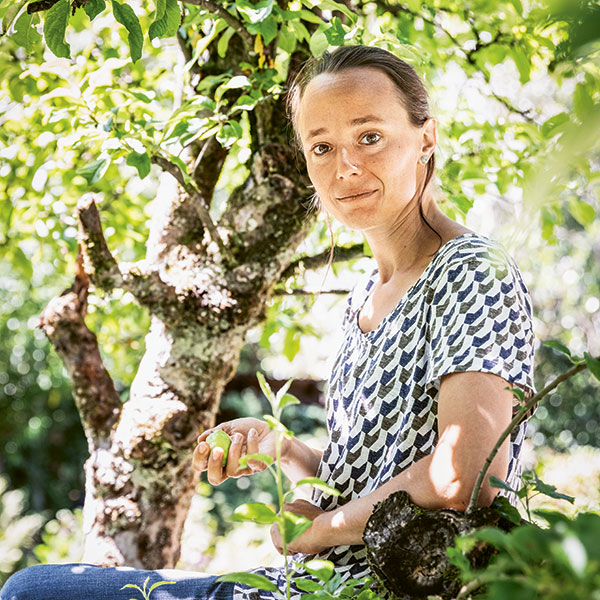Agriculture: greater yield through variety?
An experiment has proven that mixtures of different plant species grow better than monocultures. This realisation could soon be applied in the agricultural sector.
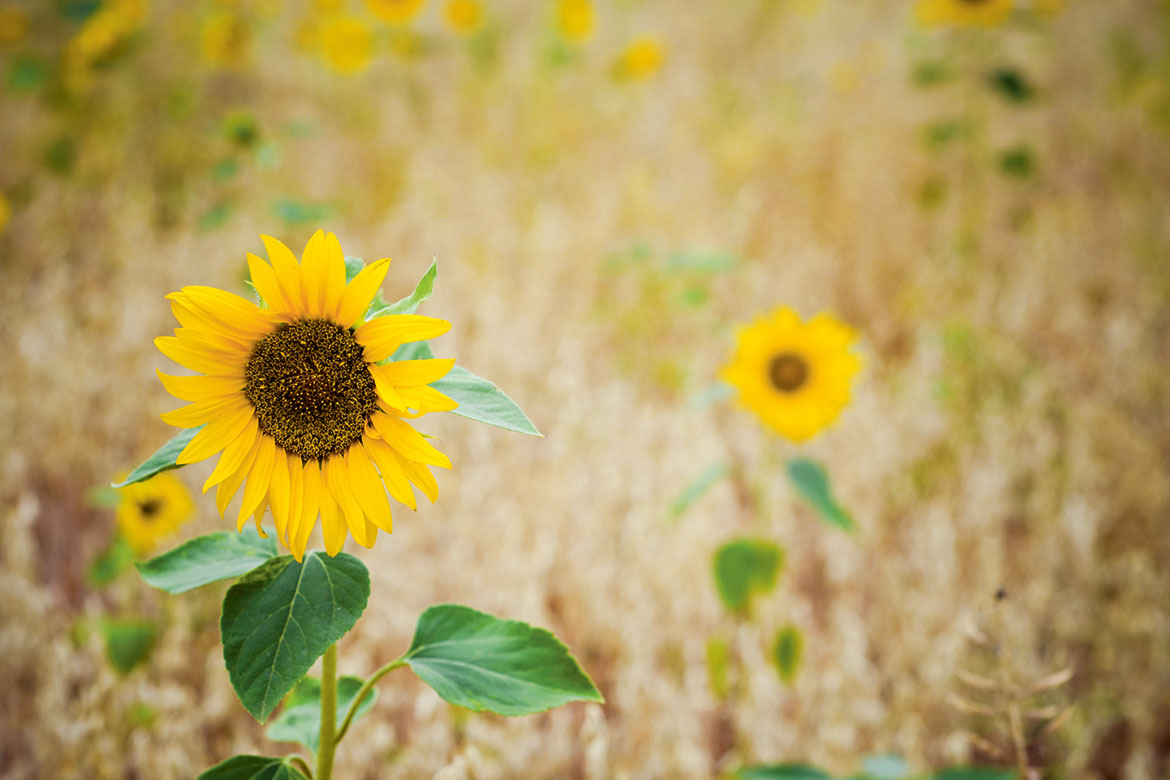
Sunflowers bring more than just beauty to a cornfield. Intelligent co-cultivation could also help increase yields in future. | Image: Keystone/Westend61/Canan Czemmel
In Switzerland, agricultural crops are primarily grown as monocultures because it makes them easier to handle and to harvest. But we know from natural ecosystems that botanical variety has a positive impact on the growth of plants. This biodiversity effect is based on interactions both among different plants and between the plants and the soil. Could it perhaps be used to good effect in the agricultural sector?
“There are already various studies about the biodiversity effect on field plants”, says Christian Schöb, an agricultural economist at the Department of Environmental Systems Science at ETH Zurich, “but they have produced contradictory results”. Together with colleagues in Madrid, he wants to find out what conditions might provide for such an effect in agricultural crops.
In an initial experiment, the researchers planted eight different crops, in both monoculture and mixed cultures of either two or four different species. They then compared their growth according to the height of the plants, the leaf area and the leaf mass. The species they selected represented different functional groups that are very different in how they live: peas and chickpeas, which fix atmospheric nitrogen; tomatoes and sunflowers representing herbaceous plants; and grasses that engage in different types of photosynthesis (oats, durum wheat and sorghum).
The growth effect they measured was bigger when they combined functionally different species with each other – for example, sunflowers with oats, or tomatoes with sorghum. This is because plants from the same functional group will use the same resources, and thus compete more with each other. They form similar rhizomes, prefer the same soil and climatic conditions, and they grow and mature at roughly the same time. Functionally different species, however, have a mutually positive effect because they complement each other.
It’s in the genes
Schöb’s team also compared the growth of the crops with that of related wild plants: “The biodiversity effect was smaller in the mixtures with crops than in co-cultures with the wild forms to which they are related”, says Schöb. “We believe that agricultural crops have lost the genetic variability necessary for biodiversity because of their many decades of domestication, and also because of being selected according to just a few characteristics such as yield, durability and resistance against pests”. It is probably thanks to their genetic variety that the wild plants are able to react more strongly to experimental selection effects.
It is not yet clear which genes contribute to the biodiversity effect. However, Samuel Wüst and Pascal Niklaus from the Department of Evolutionary Biology and Environmental Studies at the University of Zurich have used the model plant Arabidopsis thaliana to identify a region on a chromosome that is clearly linked to the effect. “It surprised us a lot that such complex, so far barely understood characteristics of plants – such as their capacity for teamwork – should have such a simple genetic basis”, says Wüst. But it is unlikely that just one gene is responsible for the effect.
Now Schöb and his colleagues are investigating eight functionally very different species to see whether the biodiversity effect also becomes increasingly prominent during longer co-cultivation among crops. If it does, it would confirm the research results of a group led by Bernhard Schmid, an environmental scientist from the Department of Geography at the University of Zurich. They have shown that biodiversity effects are intensified by evolutionary adaptations between co-existing species. “This type of study is extremely relevant for agriculture”, says Schmid. “We are not that far yet, but I am certain that agriculture will have shifted completely in about 10 years, and will be utilising biodiversity in order to increase yields and to become more sustainable”.

